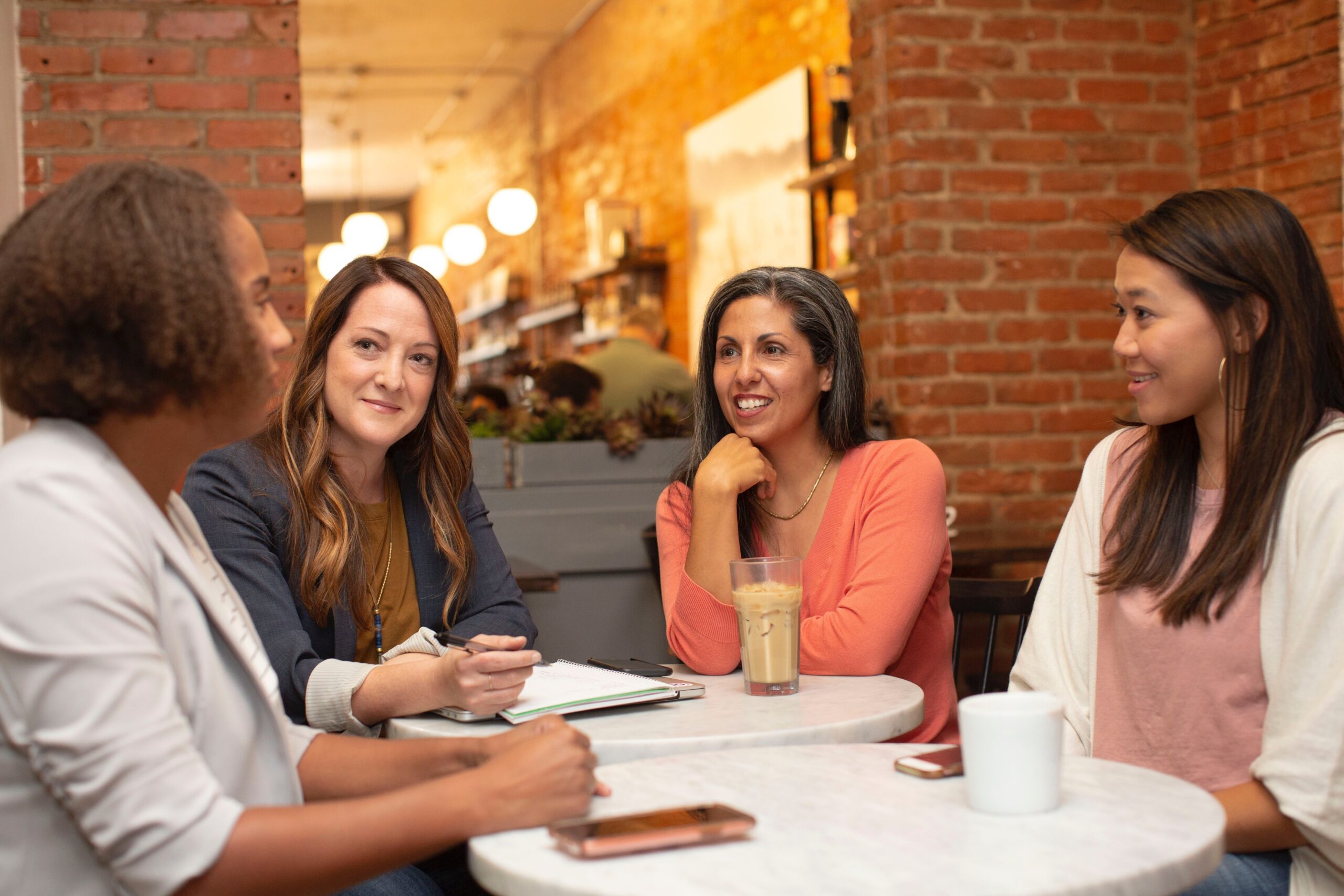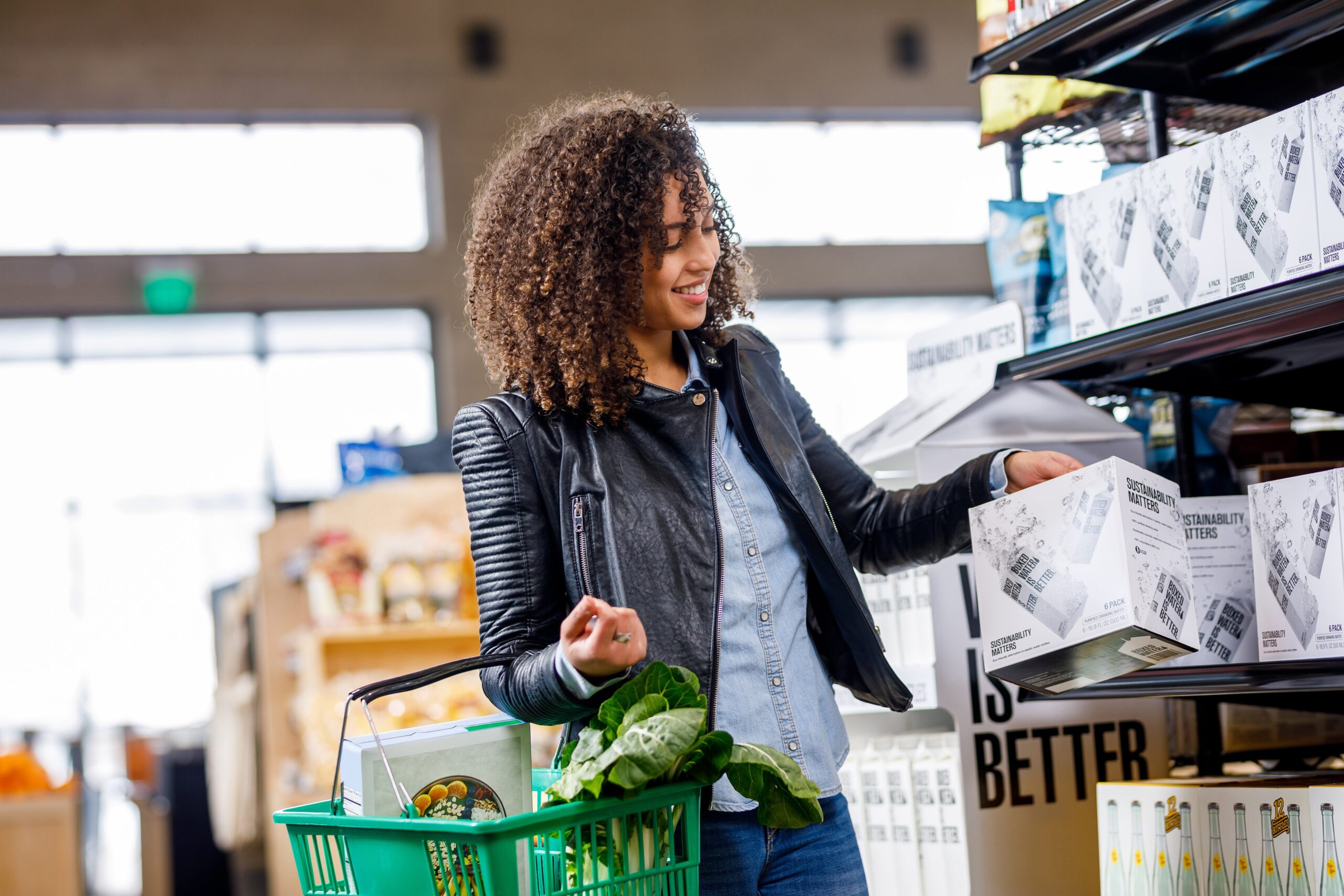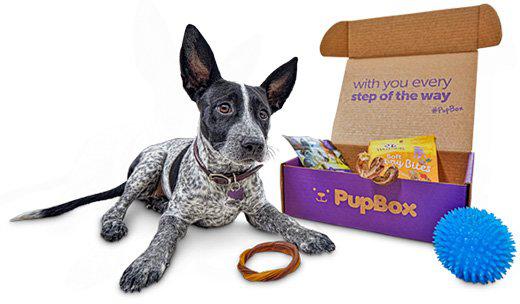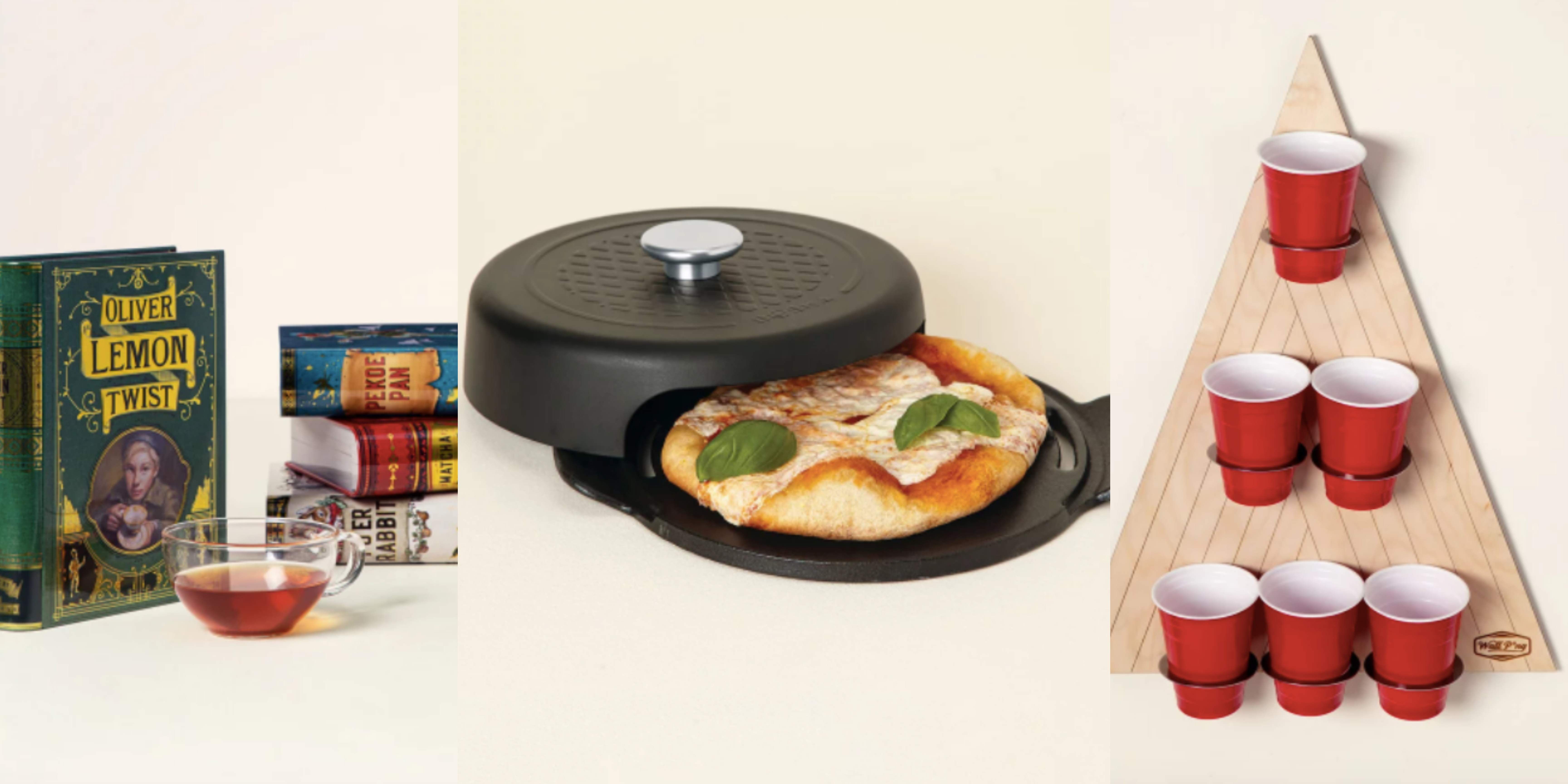The Future of Coffee is Melted

Jan 23 | 2025

Why You Need Cometeer Coffee: Coffee You Can Take on the Go
via Cometeer Coffee
This article includes affiliate links. We may earn a commission if you make a purchase, with no extra cost to you. There’s an internet trend that says that everyone has three drinks: one for energy, one for hydration, and one for fun. Hydration drinks are usually seltzer, a sports drink, or good old-fashioned









